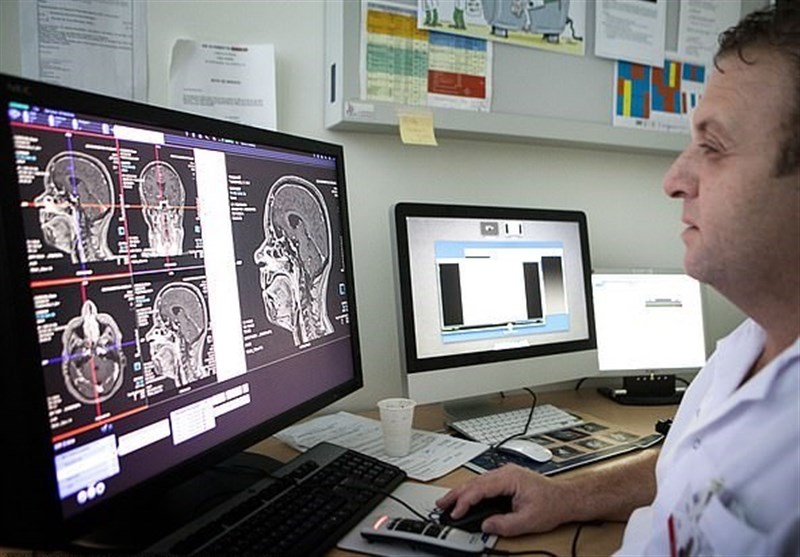Neuroscience Startup Uses Mind-Reading Helmet to Read Brain Signals
TEHRAN (Tasnim) – A California-based startup says it has found a way to shrink typically bulky brain-reading technology into a compact helmet.
The startup, called Kernel, has unveiled two new systems according to a report by Bloomberg, both of which are small enough to fit on a helmet-sizes cap. Together, they can both see and record brain activity.
The pair of devices, which haven't been pictured or released to the public, reportedly stand in stark contrast to other commercial brain-reading equipment like electroencephalography machines which are rather bulky and require a trained technician to use, the Daily Mail reported.
Devices like the magnetoencephalography machine take up an entire room and require patients' heads to be confined inside.
Specifically Kernel's systems, called Flux and Flow, can measure both electromagnetic energy and blood flow using light and a computer algorithm powered by the startup's custom microchips.
The company hopes that the devices will be able to give insights into ailments like schizophrenia or even enabling paralyzed people to formulate words just by thinking.
They also hope that by using Flux and Flow for neuroscience that they will help treat depression and other disorders that affect the brain.
Given its size, the company is hopeful that scanning one's brain signals can be done on a more efficient and wider scale as well.
Kernel says it won't release its devices to the public until later this year.
Kernel won't be without competition, however. Startups funded by companies like Facebook have also showed interest in developing similar technologies.
Last year Facebook CEO Mark Zuckerberg publicly discussed a startup purchased by Facebook called CTRL-Labs that aims to create brain-to-computer interfaces.
'The goal is to eventually make it so that you can think something and control something in virtual or augmented reality,' said Zuckerberg, in a the discussion
Specifically, CTRL-labs is known to be developing on a watch-style device which intercepts signals which are sent from the brain to the fingers, in order to control a phone.
It works by assigning particular nerve messages from the brain to certain commands in the computer, which could in theory cut out the need to actually press any buttons.
Likewise, SpaceX and Tesla CEO Elon Musk is funding an initiative called Neuralink that aims to implant devices inside the brain.





